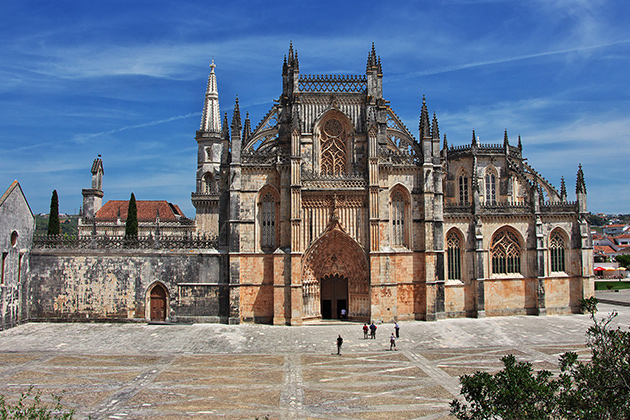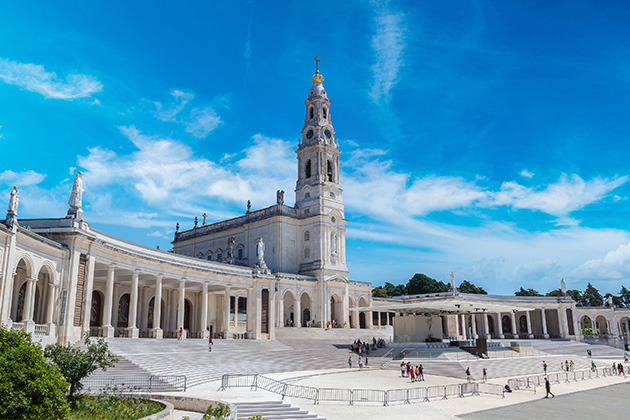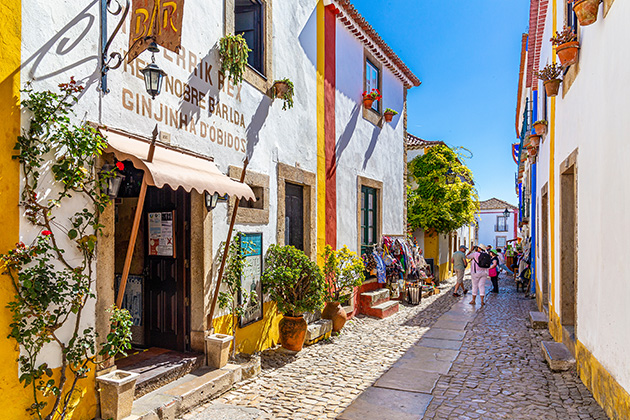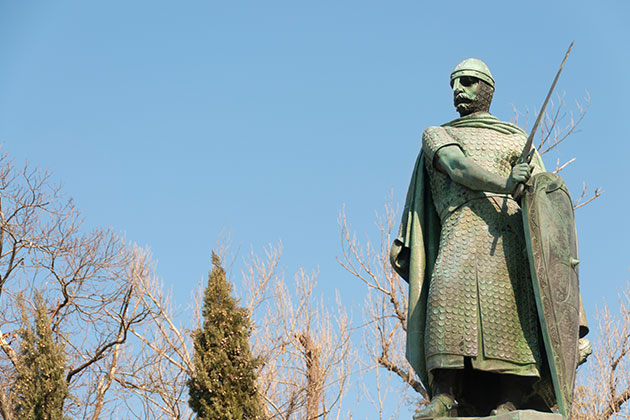
Did you know that this sea-bathed country was the first in the world to abolish slavery? This is just one of 9 curiosities about Portugal we’ve picked out for you. Read on to find out more.
1. Portugal is Europe’s oldest nation-state, and one of the oldest countries in the world
It may seem curious, but that is the truth. The Kingdom of Portugal was declared in 1139 and its territory was defined by the Treaty of Alcanizes in 1297, making it an official nation-state. Historians now question whether King Afonso Henriques was actually the son of D. Henrique and D. Teresa, but one thing is for sure, he was the first in Europe to ensure the recognition of his territory as a nation-state.
2. Tempura is a Portuguese recipe and was exported to Japan
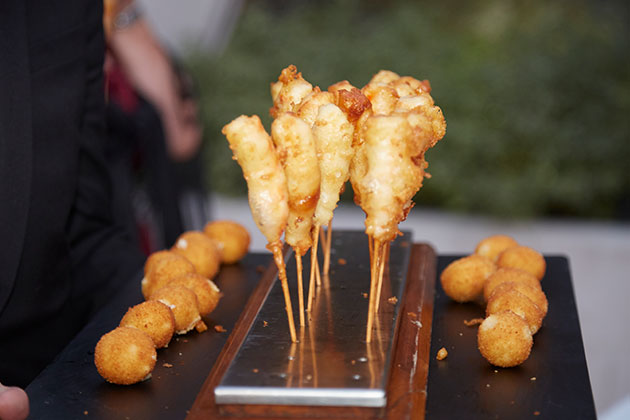
It seems unlikely, but it is all due to the Portuguese missionaries who settled in Nagasaki and introduced the recipe. During the Lenten season the clergy would not eat red meat, preferring vegetables and seafood, which were used for this recipe. The Latin phrase “ad tempora quadragesimae” is at the root of the word tempura, which consists of lightly battered and fried strips of seafood or vegetables, similar to the traditionally Portuguese “peixinhos da horta” still eaten today, the dish quickly became popular among the Japanese. This is one Portuguese curiosity you’ll not soon forget.
3. We have the oldest bookshop in the world
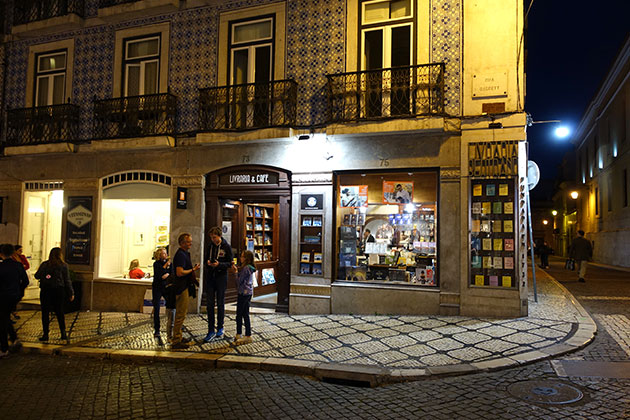
Although Portugal still has a relatively high illiteracy rate – one of the highest in Europe, at around 5.2% – in the centre of Lisbon, in the heart of the Chiado, you’ll find the oldest bookshop in the world, Bertrand. The story couldn’t be more curious, but the truth is that books have been sold there for almost 300 years, since 1732, when Pedro Faure inaugurated what would soon be known as the El Dorado of bookshops.
In the 50’s of that Century Faure’s daughter would marry Pierre Bertrand, who brought with him his brother Jean Joseph, thereby giving rise to the Bertrand dynasty. Both brothers died at the turn of the century and their wives took over, with Maria Bertrand, and later her daughter-in-law, running the bookshop.
Bertrand became a centre for intellectuals of different eras, including Bocage, Curvo Semedo and Alexandre Herculano. Eça de Queiroz, Antero de Quental and Ramalho Ortigão would hold meetings and discussions in the bookshop, in what came to be known as the famous 70’s Generation, that met to discuss politics and literature.
With the death of the last Bertrand, José Fontana, the house bookseller would take the reins, launching the famous Casino Conferences along with Antero de Quental, but in 1876, suffering from TB and disappointed with the course of politics, he took his life in the bookshop, in the spot where the café is found today. Bertrand would prevail, however, led by Nobre França, José Bastos, the Aillauds and finally Artur Brandão.
In 2011 the Bertrand was recognised internationally as the world’s oldest bookshop and has since been acknowledged as such in the Guiness Book of Records. The most interesting fact about this bookshop is that, besides having been a refuge for the creative genius of the Portuguese intellectual elite, the shop has itself witnessed Portuguese and even European and World history, from the Earthquake of 1755 to the Civil War, the regicide, the imposition of the Republic and the Unification of Europe.
4. Traditional Portuguese cobblestones are inspired by a white rhino
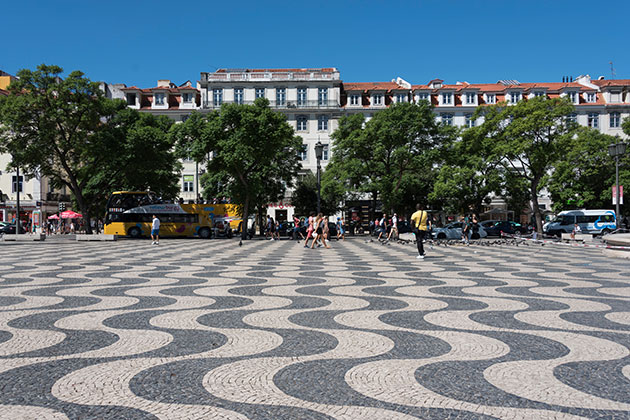
Ganga, the most famous rhinoceros ever, is also an example of one of the most amazing facts about Portugal: the origin of Portuguese cobblestones. The decision to cobble the streets of Lisbon was taken by King Manuel I, by royal decrees issued on 20 August 1498 and 8 May 1500. At the same time the King was preparing a parade to show the new riches that were coming in from the East.
A major part of this exuberant demonstration of exoticism was Ganga, a white rhinoceros, dressed in armour, that would later be sent to Pope Leo X as a gift, but tragically drowned off the coast of Italy. Since the parade was to take place in January, and the streets were expected to be muddy, it was decided that they should be cobbled to avoid having Ganga spread mud over itself and the entourage with its heavy hoofs.
5. Interesting Portuguese expressions, and their origins
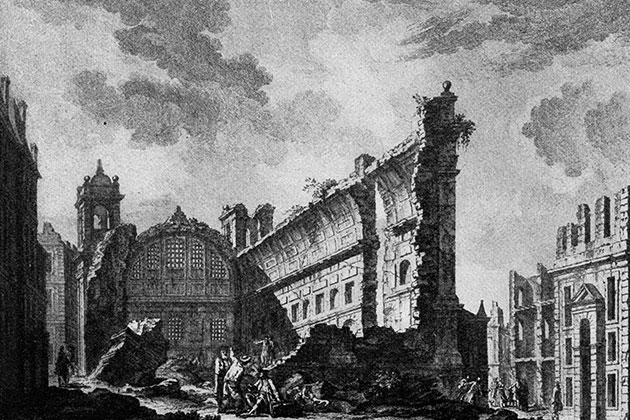
Any Portuguese person has heard the expression ‘Maria vai com as outras’ [Maria goes with the others] and will know that it usually denotes a lack of personality, describing somebody who doesn’t think for themselves and just goes along with the majority, thinking that must be the best choice.
What most people don’t know is that this expression arose in the court of Queen Mary I, mother of John VI, who went mad and was, therefore, deposed and condemned to a life in confinement. At the time she was only seen very rarely, and always accompanied by many ladies in waiting. The people, on seeing her, would comment: “There goes D. Maria, with the others”
‘Rés-vés Campo de Ourique’ is another Portuguese expression which is widely used and means something that is right at the limit, or on the verge. This expression comes from the time of the 1755 Earthquake that destroyed Lisbon up to the neighbourhood of Campo de Ourique, which remained intact. Surprised?
‘Ficar a ver navios’ is an expression the Portuguese use when they are waiting for something that never happens, frustrating their expectations. This one also has roots in the past, namely in the years when King Sebastian disappeared, following a battle in 1578. At that time the “desired”, as he was known, was in fact so desired that the people used to gather at the top of the hills of Lisbon to look out over the river in the hopes that one of the ships would bring back the King, who never returned.
Another version tells of a different period, when the French invaded Portugal and the Royal Family relocated to Brazil. The invading troops still caught a sight of the ships carrying the royals away, avoiding capture and leaving them, literally, watching the ships!
6. The word Tea comes from the Portuguese initials for Transporte de Ervas Aromáticas, which means Transport of Aromatic Herbs

The letters TEA were printed on some of the boxes that Queen Catherine of Braganza took with her to England, along with her dowry on the occasion of her marriage to King Charles II. Within them were leaves used for making tea. In Portugal the consumption of tea was already a habit among the wealthier classes well before the daughter of King John IV set sail for the British Isles, but she was ultimately responsible for it becoming a custom in English society.
Once introduced, with all its elegant and delicate rituals, the tea ceremony became associated to the higher aristocracy and started being copied by those who wished to be, or move, in the same circles as the English upper classes.
So, get over any notion that 17h tea is a British tradition. It was introduced into the British Isles by Catherine of Braganza and Portugal was actually at the root – or in this case, more precisely, Japan, where the marvellous tea leaves originated – of this custom that we associate with being English.
7. For 800 years there was a microstate between Portugal and Spain
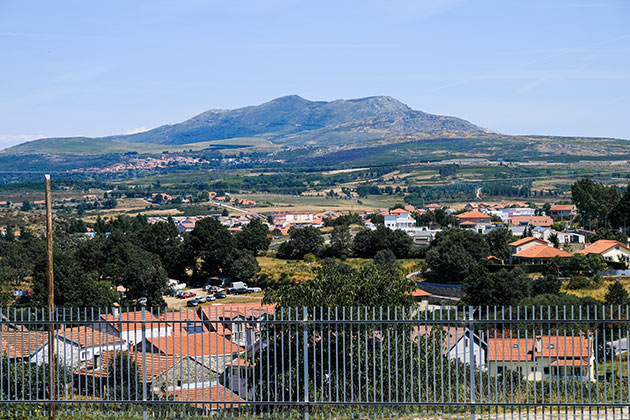
Another great curiosity about Portugal. The Couto Misto, as it was called, was a small border area, around 27 km2, located north of the Larouco Mountain. Its government was independent of both the Portuguese and the Spanish crowns. It took in runaways from both territories and its men were exempt from military service in either, but also from paying taxes. Locals could trade freely and grow whatever they pleased. Its inhabitants were even free to choose between Portuguese and Spanish nationality.
It operated as a fully independent microstate between the X Century and 1868. In 1869 the Lisbon Treaty came into force and established that the lands corresponding to the current villages of Santiago and Rubiás would henceforth be under Spanish sovereignty and that the current territories of Souteirinho da Ria, Cambedo and Lama de Arcos would become Portuguese.
8. Portugal was the first country to abolish slavery
It may seem unbelievable, given the role played by the country in the slave trade of the past, but Portugal was, in fact, the first country to criminalise slavery. It did so, first, in 1570, when King Sebastian, under the influence of the Jesuits, forbade the slavery of native Americans in Portuguese possessions.
The year 1595 marked the end of the trafficking of Chinese slaves and in 1761 the Marquis of Pombal would ban the importation of Indian and African slaves from the colonies to the continent.
9. Estoril was a world spying centre during the Second World War
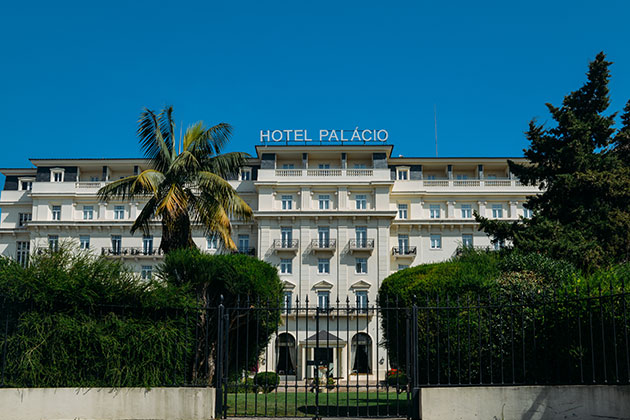
It took place a long time ago, and many never heard about it, but during the Second World War Estoril was an international centre of scheming, intrigue and spying. The seaside town had become the home of kings, princes, actors, authors and, naturally, spies. In reality, while the war took place abroad, Estoril was going through a phase of glamour, with many people, including fugitives and those who had fled the conflict, trying to get to the safety of Portugal.
Disguised as diplomats, secret agents from both sides mingled with reputable and well-off refugees. In those days the Atlântico Hotel, the Grande Hotel do Monte Estoril and the Hotel do Parque became known as German hideouts, whereas the allies would tend to gather at the Grande Hotel de Itália and the Hotel Palácio.
Among the celebrities that were present in this enclave of elegance and wealth, were Ian Fleming, creator of James Bond, who lived there while working for the Naval Intelligence Department, Zsa Zsa Gabor and Leslie Howards, who worked with the allies. Juan Pujol Garcia, known as “Garbo” by the MI5, also moved in these circles and even worked for both the German and the British secret service, having played an important role in the allied landings on D-Day.

